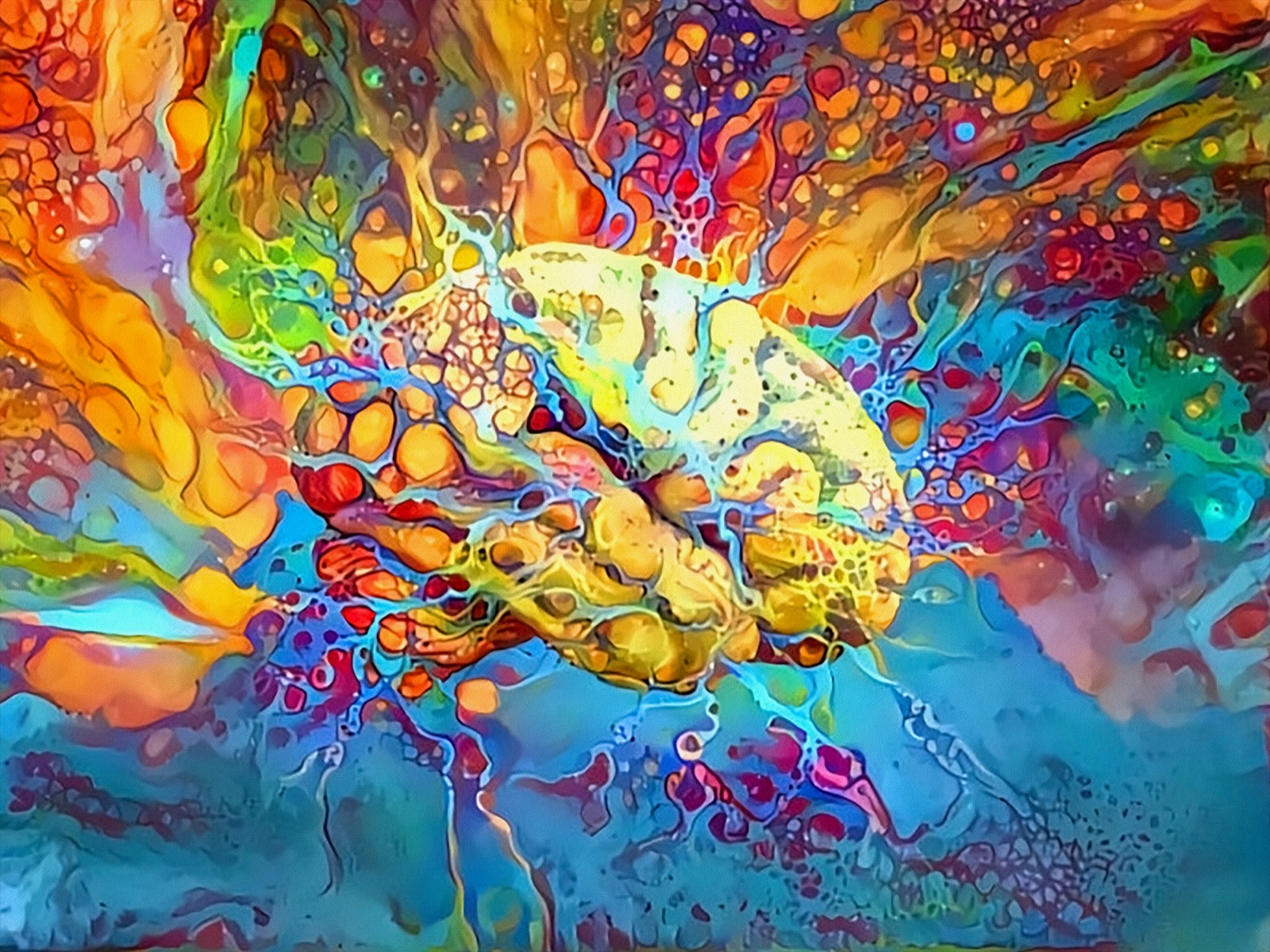The Role of Trump Art in Shaping Social Conversations Around Management
The Role of Trump Art in Shaping Social Conversations Around Management
Blog Article
Looking Into the Diverse Globe of Artistic Expression: From Surrealism to Abstract Realism
In the world of artistic expression, from the dreamlike landscapes of surrealism to the complex play of light and form in abstract realism, musicians have continuously pushed the borders of creative thinking and imagination. As we check out the complex globe of art, we are offered with a tapestry of styles, methods, and philosophies that challenge our understanding and provoke reflection.
Surrealism: Letting Loose the Subconscious
Surrealism, a progressive imaginative activity of the 20th century, explored the midsts of the subconscious, unveiling a world of dream-like images and unique associations. Spearheaded by musicians like Salvador Dali, René Magritte, and Joan Miró, Surrealism sought to test the standard means of seeing and recognizing art. Via techniques such as automatism and dream evaluation, Surrealist artists aimed to use the unconscious mind to disclose surprise facts and desires.
Among the crucial elements of Surrealism was the emphasis on the irrational and the remarkable. By incorporating unexpected components in their works, Surrealist musicians intended to develop a feeling of disorientation and surprise in the audience. This disruption of reasoning and factor was suggested to provoke a much deeper exploration of the subconscious and the secrets of the human subconscious.
Abstract Realistic Look: Redefining Understanding
Challenging traditional creative boundaries, Abstract Realism redefines understanding with the fusion of recognizable elements with abstract kinds. This cutting-edge approach to art combines the representational accuracy of realistic look with the creative flexibility of abstraction, offering audiences a special visual experience that triggers them to question their perception of reality.
In Abstract Realistic look, artists strive to record the significance of their subjects while likewise infusing their work with a sense of deepness and complexity with abstract components. By blending the acquainted with the unknown, these artists welcome audiences to involve with their pieces on numerous degrees, urging them to explore the subtleties of structure, color, and type.

Cubism: Fragmentising Fact
Using fragmented viewpoints and geometric kinds, Cubism revolutionized the creative representation of fact in the very early 20th century. This strategy not just deconstructed reality but likewise highlighted the flatness of the canvas, paving the way for future abstract art movements.

Cubism can be classified into two major stages: Analytical Cubism, characterized by monochromatic color pattern and elaborate, fragmented types; and Artificial Cubism, which included collage aspects and brighter colors into the structures. With these unique phases, Cubism influenced not only painting but also sculpture, layout, and style. trump art. Its effect resounded across the art world, inspiring musicians to discover new means of translating and standing for the world around them
Expressionism: Emotions on Canvas
Checking out the midsts of human feelings via meaningful and vivid brushstrokes, Expressionism became a profound imaginative activity in the very early 20th century. Unlike previous art activities that concentrated on showing the outside globe, Expressionism explored the interior realm of the musician's subconscious, aiming to stimulate raw feelings and provoke natural feedbacks from visitors.
Expressionist artists, such as Edvard Munch, Egon Schiele, and Emil Nolde, declined conventional notions of beauty and realistic look for misshaping kind and shade to communicate subjective sensations. The use of exaggerated brushwork, bold shades, and distorted figures assisted develop a sense of worry, alienation, or passion in their jobs.
One of the most popular examples of Expressionism is Munch's "The Scream," which captures the intense anxiety like this and anguish of contemporary life via its swirling, altered number versus a blood-red skies. With their psychologically billed works, Expressionist musicians looked for to test conventional imaginative standards and offer a window into the stormy depths of the human heart.
Contemporary Art: Progressing Point Of Views

One of the defining characteristics of contemporary art is its constant advancement and ability to adjust to changing cultural landscapes. Musicians are significantly including modern technology into their technique, obscuring the lines in between the digital and physical realms. This combination of tools permits cutting-edge ways of storytelling and engaging with target markets in a more interactive manner.
In addition, contemporary art commonly serves as a platform for social commentary, addressing pushing problems such as identification, politics, and the environment. Musicians are using their work to provoke and trigger essential discussions idea, clarifying the intricacies of the globe we stay in. As viewpoints proceed to develop, contemporary art remains a significant and vibrant force in forming our cultural landscape.
Final Thought
In verdict, the globe of artistic expression incorporates a broad array of activities and designs, each with its own unique approach to sharing definition and emotion. From surrealism's expedition of the subconscious to abstract realism's redefining of understanding, and from cubism's fragmentation of reality to expressionism's portrayal of feelings, art proceeds to develop and challenge point of views - trump art. Contemporary art shows the ever-changing world we stay in, providing new ways to analyze and comprehend the complexities of our fact
As we explore the complex world of art, we are presented with a tapestry of designs, methods, and viewpoints that challenge Related Site our understanding and prompt consideration. Its influence resounded throughout the art world, inspiring musicians to check out brand-new means of translating and standing for the world around them.

Report this page